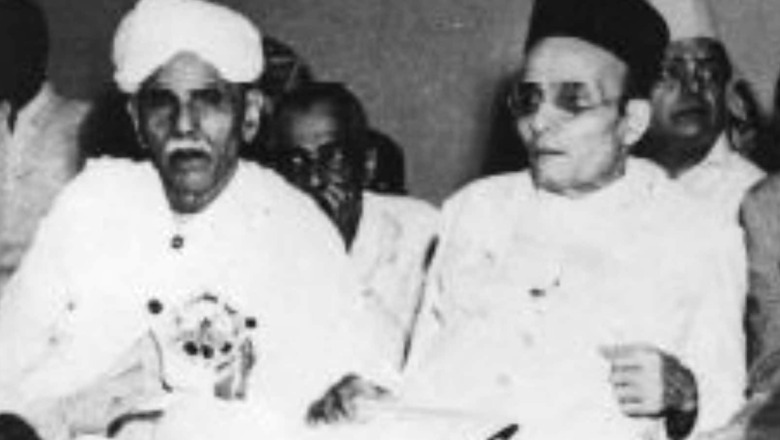
views
Savarkar was not only a Hindu nationalist but a Hindu rationalist too. He stood for the progress of culture (Sanskriti Samvardhan) rather than just protection of culture (Sanskriti Sanrakshan). According to him, the discriminations prevailing among Hindus had not originated by birth but by books (janmajaat nahi pothijaat). He vehemently opposed untouchability and fought tooth and nail to uproot it from society. Though he opposed cow worship purely on religious grounds and wanted a scientific temper to support the practice, he nevertheless was a votary of cow protection.
Savarkar observed that progress of the western countries had been possible only when they disowned superstitions and religious orthodoxy and accepted science. Similarly, he urged Hindus to follow contemporary ideas in all matters of life rather than ‘Shruti-Smriti-Puranoktaas’ (as per ancient holy books and codes). He encouraged them to test the knowledge in ancient scriptures, their laws and learnings on the touchstone of science and to follow fearlessly the path that contributes to the good of the nation.
Few leaders in Indian history can claim Savarkar’s commitment to social unity. He was not just a preacher but a practitioner too. He was one of the first Hindu leaders in the country who cut across party lines to will that he be cremated in an electric crematorium and that his mortal remains be taken to the crematorium by people of all four Varnas, including a Dalit.

Savarkar pointed out to some self-imposed sanctions by Hindus in their extreme anxiety to protect their religion which ultimately stood as hurdles in their progress. As explained below, these seven shackles that originated in the Medieval Era were sturdy even in the twentieth century.
Prohibition of touch (Sparshabandi)
Savarkar insisted that untouchability must be condemned and abolished not only as the need of the hour but also as the command of true religion; not only as a policy or as an act of expediency but also as a matter of justice; and not only as a matter of obligation but also as a service to humanity. The orthodox Hindus touched animals such as bullocks and buffaloes, they could endure the presence of a dog or a cat in their houses, but not the presence of their co-religionist Hindu Mahars or Bhangis though they were human beings, he bewailed. These Hindus feared that their sacred God would be polluted by the mere sight of a Hindu Bhangi. ‘He is not God who can be desecrated’ was the epigrammatic Savarkarian reply to the orthodox.
The removal of untouchability, he added, implied purification and salvation of such misguided orthodox touchables also.
During his stay at Ratnagiri, Savarkar and his reformist team regularly visited hills, villages and towns where the untouchables lived. This team studied their ways of living, taught them cleanliness, guided them and worshipped with them. They took the Chambhars into the quarters and temples of the Mahars and the Bhangis into the quarters and temples of the Dhors. Savarkar supported Dr Ambedkar’s movement of temple entry for untouchables by appealing to the Hindus of Nasik through an open letter.
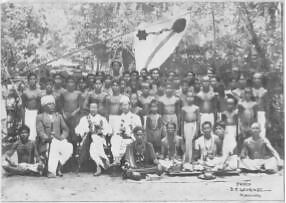
Savarkar believed that the Vedas were not the monopoly of Brahmins alone but the glorious heritage of the whole mankind. He was invited by the ‘untouchables’ (whom he addressed as ex-untouchables) to preside over the 19 May 1929 conference at Malvan in Ratnagiri district. The conference sang Vedic hymns in a body. Savarkar distributed sacred threads among the so-called untouchable Hindus and declared amid a thunderous applause:
A battle royal has been raging for the last seven generations over the right of studying the Vedas. Here are the Vedas. Here is the sacred thread. Take these two. Is that all? Even non-Hindus read the Vedas. Why should not the Hindu Mahars read them? The feud over this problem was a useless task. Let us expiate the sins we committed. We are all responsible for our political subjugation. That is the past. Now let us declare on oath that we shall rectify our past blunders and win back our weal, wealth and glory.
During the Ganpati festivals initiated by Savarkar in Ratnagiri, a Bhangi (so-called untouchable) Hindu sang Vedic hymns and the Gayatri Mantra, the sacred privilege enjoyed till then by Brahmins alone.
Inter-dining (Rotibandi)
Even the inter-dining of all Hindu castes was a difficult task till the 1930s. Savarkar arranged several ‘Sah Bhojans’ or inter-dining programmes to break this shackle. He incessantly preached: ‘Eat with anybody. Eat anything that is medically fit and clean. That does not deprive you of your religion. Remember, the root of religion is not the dish or the stomach, but the heart, soul and the blood!’
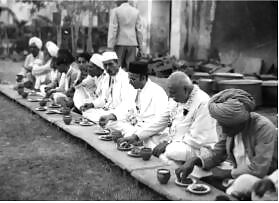
Many Hindus had converted to Islam or Christianity by swallowing a slice of bread chewed by non-Hindus rather than by a sword stroke. Savarkar believed that if a Muslim or a Christian did not become a Hindu by eating food cooked by a Hindu, then why should the Hindu religion be flushed out by partaking of food cooked by a Muslim? He wondered if the digestive power of the Hindu religion had become so weak. He maintained that his Hindu brothers would continue to remain Hindu even after eating and digesting food cooked by anyone in the world, irrespective of their faith.
Inter-caste marriages (Betibandi)
Several examples of inter-caste marriages—Anulom and Pratilom Vivah—are well recorded in Hindu scriptures. Savarkar explained what he meant by breaking of ‘betibandi’:
If a Hindu with desirable qualities such as love, character, and capacity to beget healthy offspring chooses a spouse from another caste, then such an alliance should not be condemned simply because their castes are different. Such a couple should not be considered as unworthy of cohabitation. Breaking the prohibition of intermarriage does not imply forcibly marrying off girls of one caste into another caste.
Savarkar blessed and supported many inter-caste couples. He believed that permission for such mixed marriages was extremely desirable not only for the removal of birth-based caste distinction, but also for the success of the re-conversion movement. However, he was opposed to the marriage of a Hindu with a non-Hindu, if it took place without bringing the partner into the Hindu fold. In his opinion, such a precaution was necessary for the collective good of the Hindu nation. On the flipside, this is exactly the principle followed by most Muslims and Christians while marrying Hindu women. So, this principle of Savarkar too was in the realm of equal treatment.
Prohibition on pursuing certain occupations (Vyavasayabandi)
Savarkar believed that monopoly over certain professions had kept the caste system alive. Everyone should be free to choose and perform an occupation according to one’s skill and liking and not according to one’s caste. He sarcastically suggested that for driving a car, one should check the licence of the driver and not of his grandfather.
This excerpt from Veer Savarkar: The Man Who Could Have Prevented Partition by Uday Mahurkar and Chirayu Pandit has been published with the permission of Rupa Publications.
Read all the Latest News , Breaking News and IPL 2022 Live Updates here.













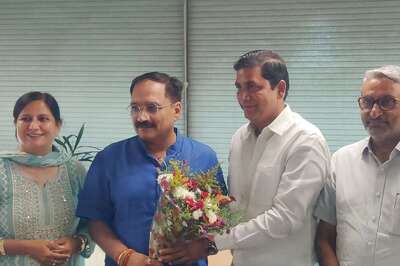


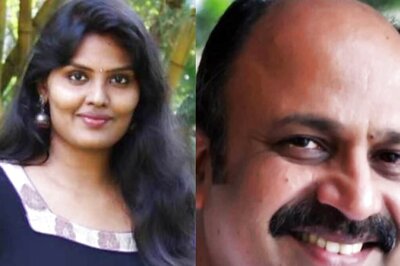

Comments
0 comment